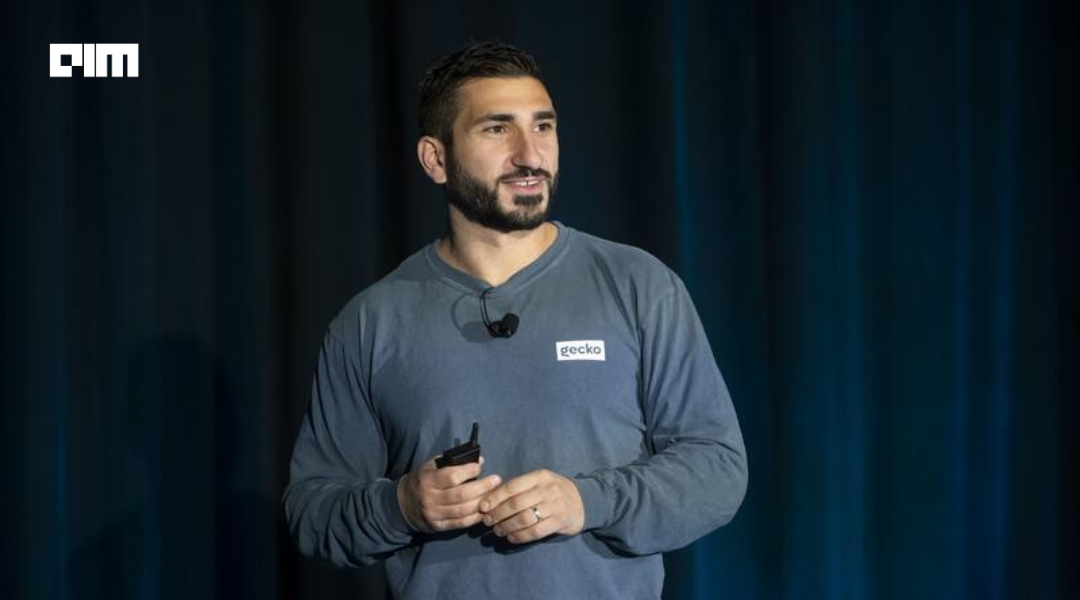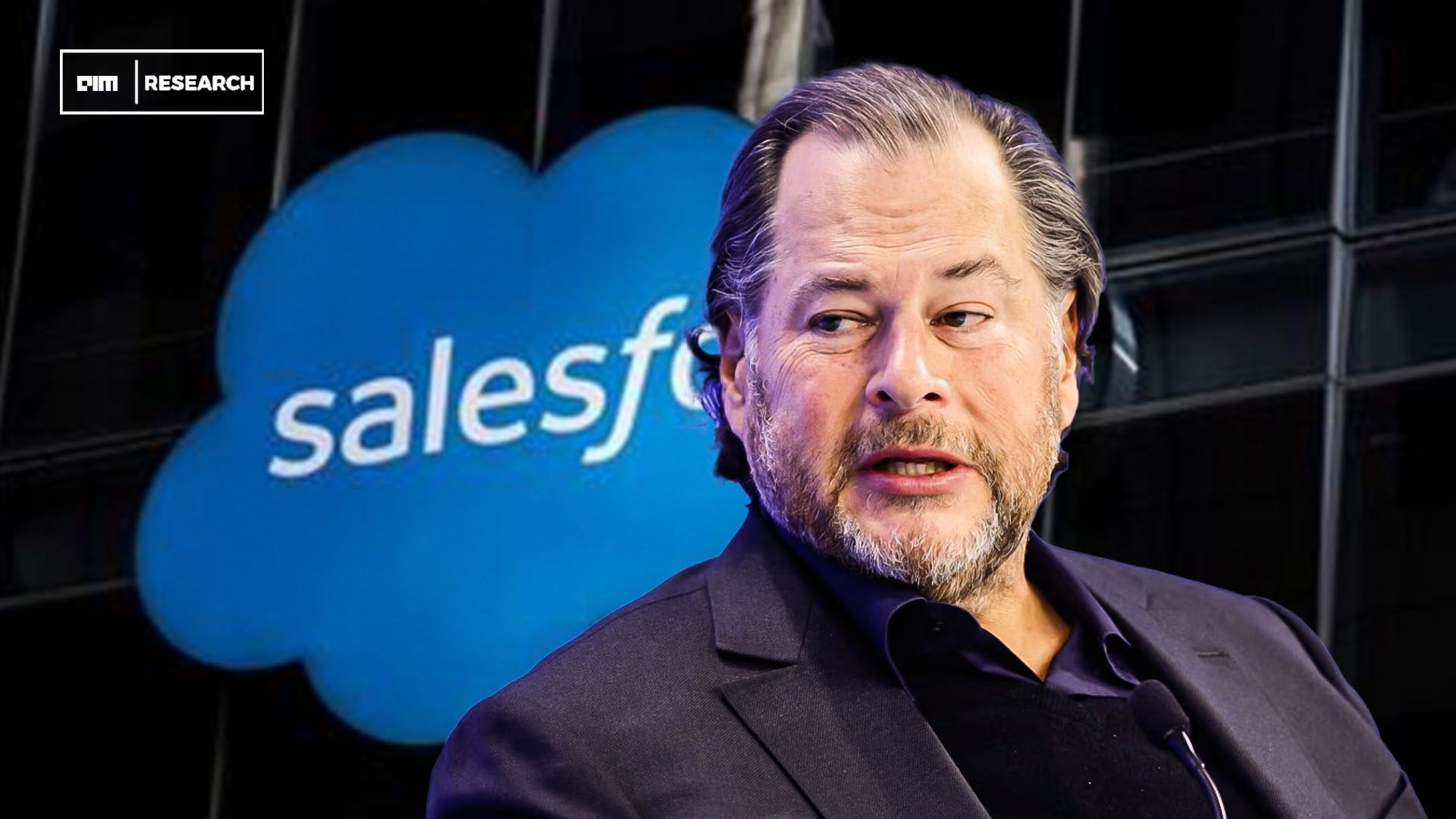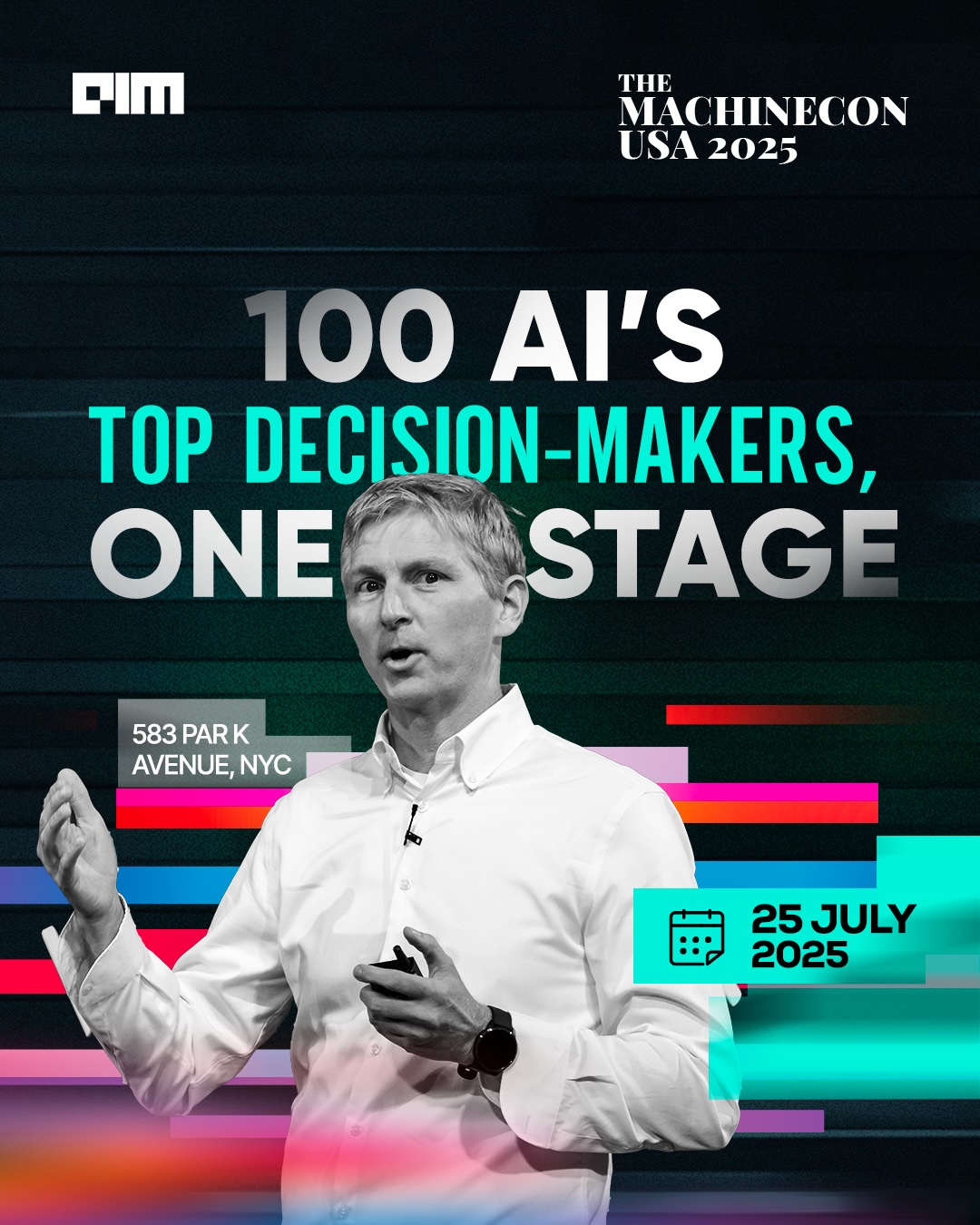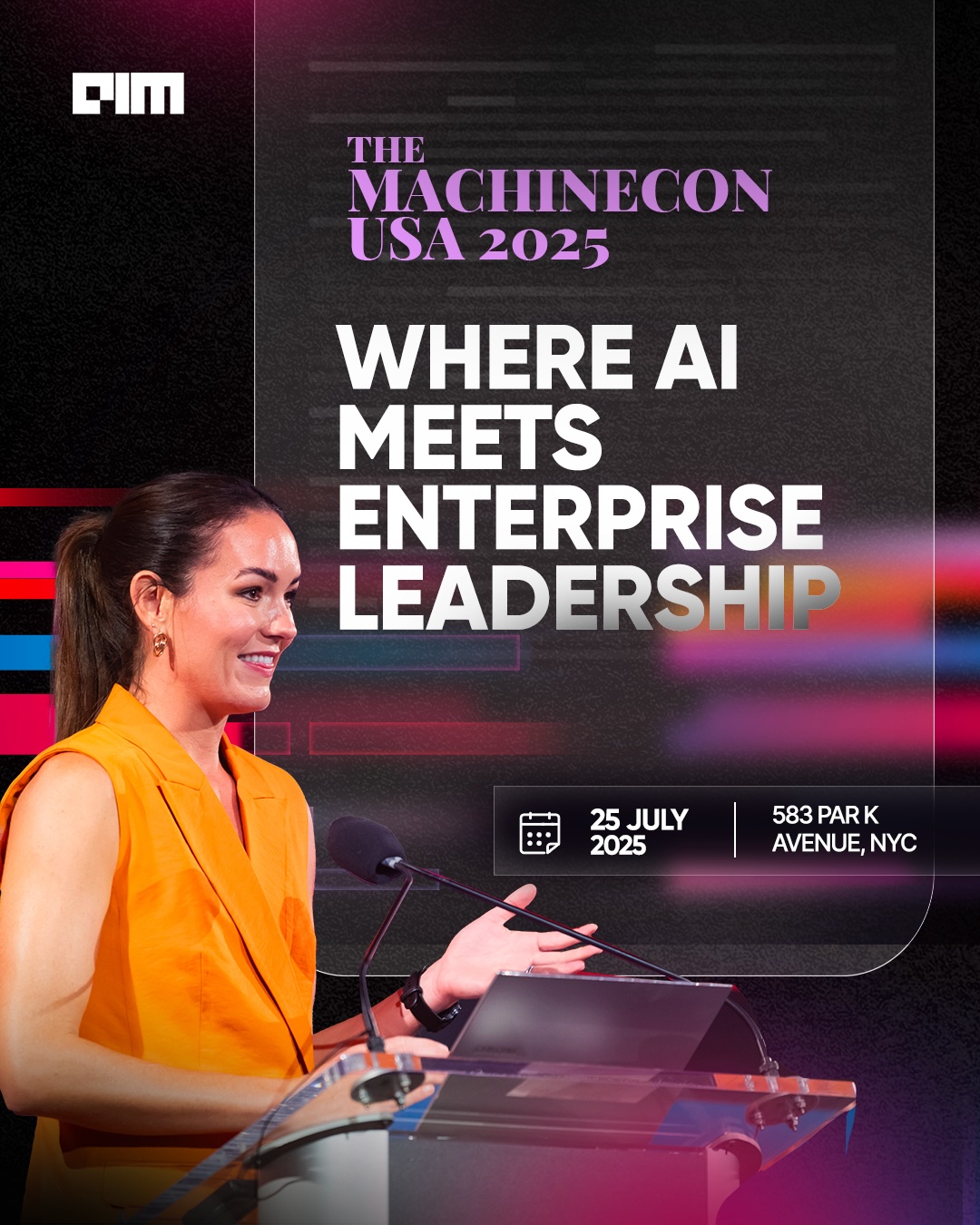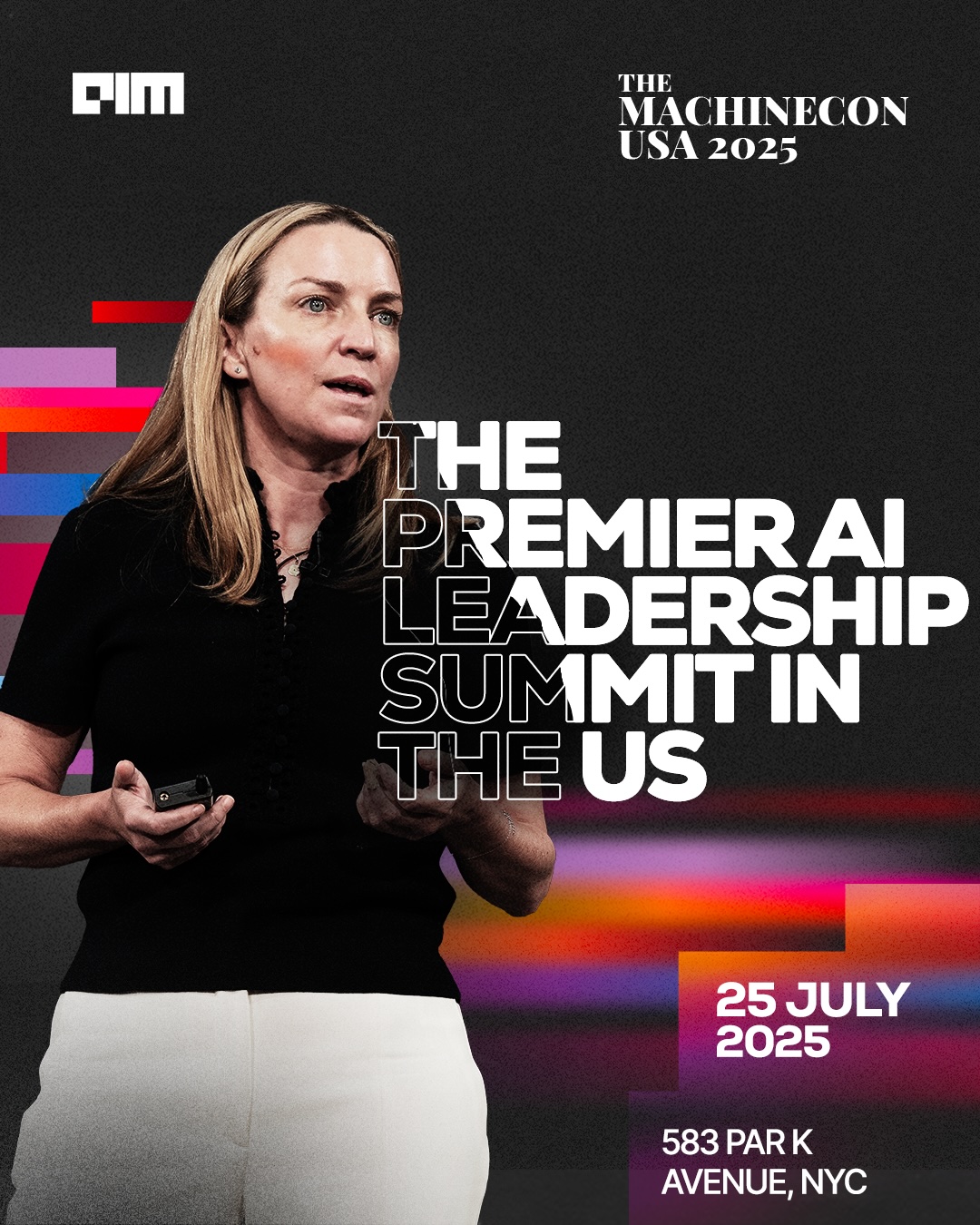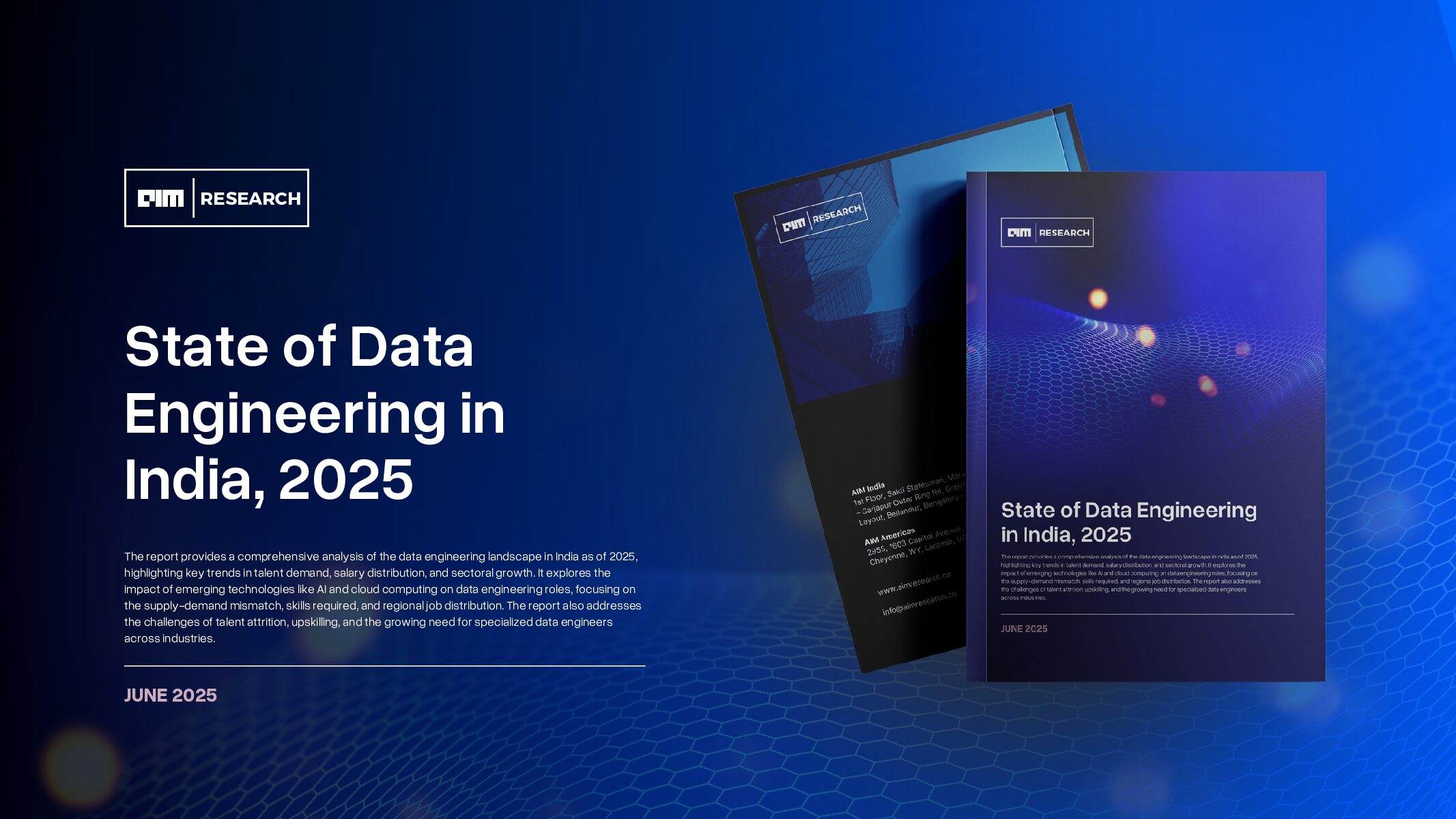Jake Loosararian probably wasn’t thinking about billion-dollar valuations when he started building robots in his college dorm room twelve years ago. He was just a student who saw a problem that seemed too obvious to ignore: the bridges we drive on, the power plants that keep our lights on, and the military vessels protecting our coasts were all aging, and nobody really knew how fast they were deteriorating.
Fast forward to today, and that dorm room startup just hit unicorn status with a $1.25 billion valuation. While Silicon Valley obsesses over the latest AI chatbot or social media algorithm, Loosararian’s company, Gecko Robotics, has been quietly building something far less flashy but infinitely more crucial robots that crawl through nuclear power plants, swim around Navy ships, and climb up bridges to figure out what’s actually falling apart before it kills someone.
The company’s latest $125 million Series D funding round, led by Cox Enterprises with backing from heavyweights like Founders Fund and Y Combinator, isn’t just about the money. It’s a recognition that while everyone else was chasing consumer AI, Gecko found the real treasure: solving problems that actually matter to civilization’s continued functioning.
The Invisible Crisis
While much of the tech industry chases the next consumer breakthrough, Gecko’s founder and CEO Jake Loosararian saw opportunity in the mundane but mission-critical work of infrastructure inspection. The company’s robots designed to climb, fly, and swim through some of the world’s most challenging environments collect unprecedented amounts of data on everything from Navy warships to power plants to public bridges.
This isn’t just about efficiency; it’s about preventing catastrophic failures. The data these robots gather feeds into Gecko’s AI-powered operating platform, Cantilever, which can predict pipeline explosions, optimize power plant operations for 3-5% greater efficiency, and modernize military aircraft. In a world where infrastructure failures can mean the difference between life and death, or between energy security and blackouts, the stakes couldn’t be higher.
“In the built world, data is guilty until proven innocent,” Loosararian explains, highlighting a fundamental challenge that sets infrastructure AI apart from its consumer cousins. While a social media algorithm can afford to be occasionally wrong about what content to show you, an AI system predicting structural failures cannot.
Beyond the Hype Cycle
What makes Gecko’s story particularly compelling is its timing. The company has achieved unicorn status during a period when many tech companies are struggling to justify their valuations with real-world applications. The company’s approach using advanced robotics and AI is to solve tangible, high-stakes problems offers a refreshing contrast to the sometimes ephemeral nature of consumer tech.
The company’s client roster reads like a who’s who of critical infrastructure operators: the U.S. Navy, L3Harris Technologies, NAES (America’s largest independent power operator), and the Abu Dhabi National Oil Company. These aren’t organizations known for embracing unproven technology; their willingness to partner with Gecko speaks to both the urgency of the infrastructure challenge and the maturity of the company’s solutions.
Trae Stephens, partner at Founders Fund and co-founder of defense tech company Anduril, puts it succinctly: “Organizations across a wide variety of sectors realize this work is more safely and thoroughly performed by sensors and robots than humans.” It’s a pragmatic observation that cuts through the AI hype to focus on practical value creation.
The Broader Context
Gecko’s success reflects several converging trends. First, there’s the undeniable reality of aging infrastructure worldwide. From bridges in America to power grids across Europe, much of the world’s critical infrastructure was built decades ago and is reaching the end of its designed lifespan. Traditional inspection methods often involving humans in dangerous conditions—are proving inadequate for the scale of the challenge.
Second, there’s growing recognition from governments and corporations that infrastructure investment is not just about maintenance but about competitive advantage. In an increasingly multipolar world, the ability to rapidly modernize and optimize critical systems has become a matter of national and economic security.
The company’s recent partnerships underscore this point. Its work with NAES on energy sector modernization, collaboration with L3Harris on Extended Reality products, and expanding relationship with the Abu Dhabi National Oil Company all point to infrastructure becoming a key battleground for technological advantage.
Looking Forward
As Gecko uses its new funding to accelerate growth in defense, energy, and manufacturing sectors, the company represents something increasingly rare in today’s tech landscape: a unicorn built on solving real-world problems with measurable impact. The robots that climb through nuclear facilities and swim around ship hulls aren’t generating viral content or optimizing ad clicks, they’re preventing disasters and saving lives.
For an industry often criticized for prioritizing growth over substance, Gecko’s trajectory offers a different model. Sometimes the most transformative technology isn’t the most visible or consumer-facing. Sometimes it’s quietly ensuring that the lights stay on, the bridges remain safe, and the ships that protect us continue to sail.
In Loosararian’s words, the company exists to ensure “the safety of public infrastructure, the optimization of energy and manufacturing facilities, and the modernization of allied militaries to deter global conflict.” It’s an ambitious mission statement, but one backed by real technology solving real problems and increasingly, real money from investors who see the future in the fusion of AI and the physical world.
As Gecko continues its climb toward becoming a defining company of the infrastructure intelligence era, its story serves as a reminder that the most important innovations aren’t always the most glamorous ones. Sometimes they’re the ones that keep the world running, one inspection at a time.

